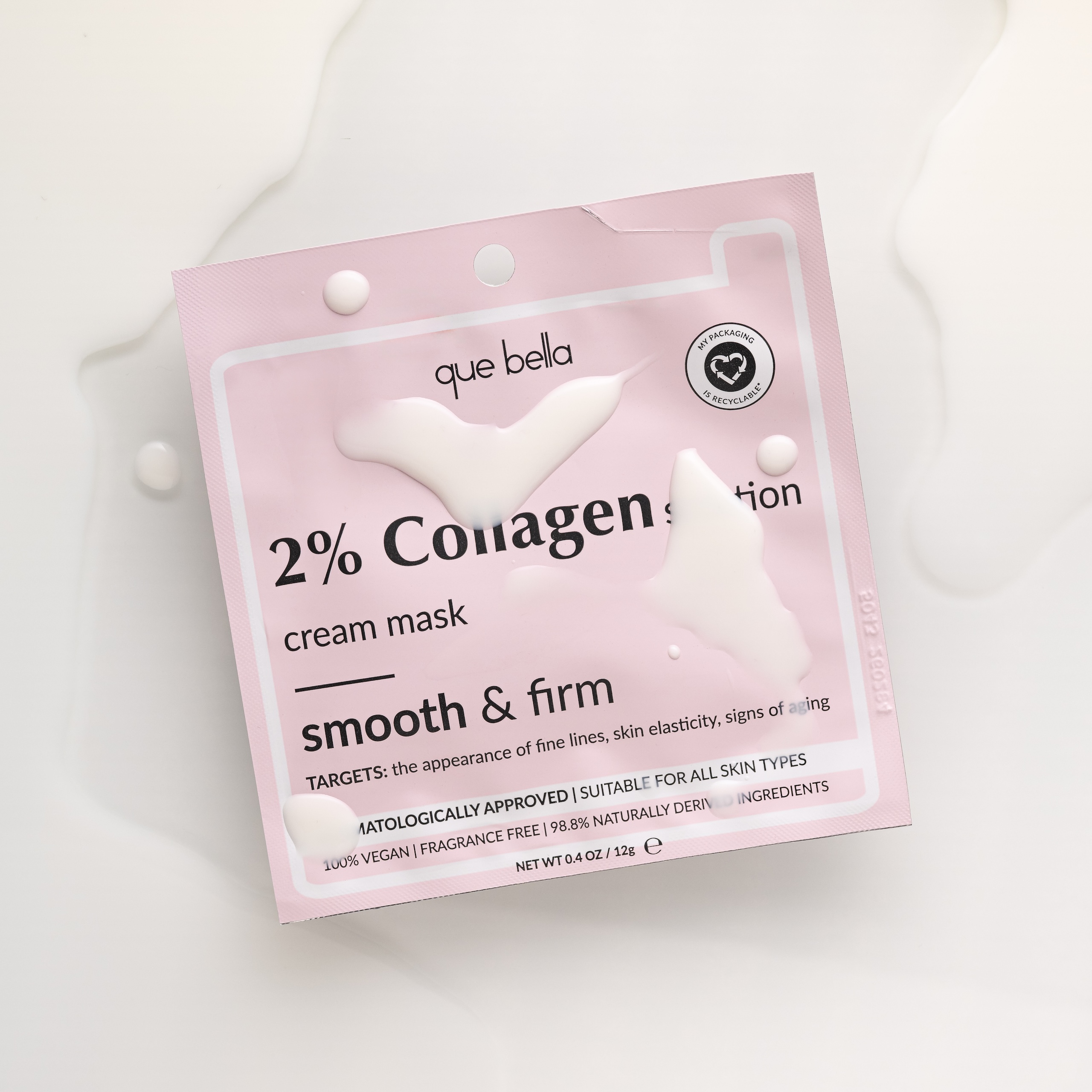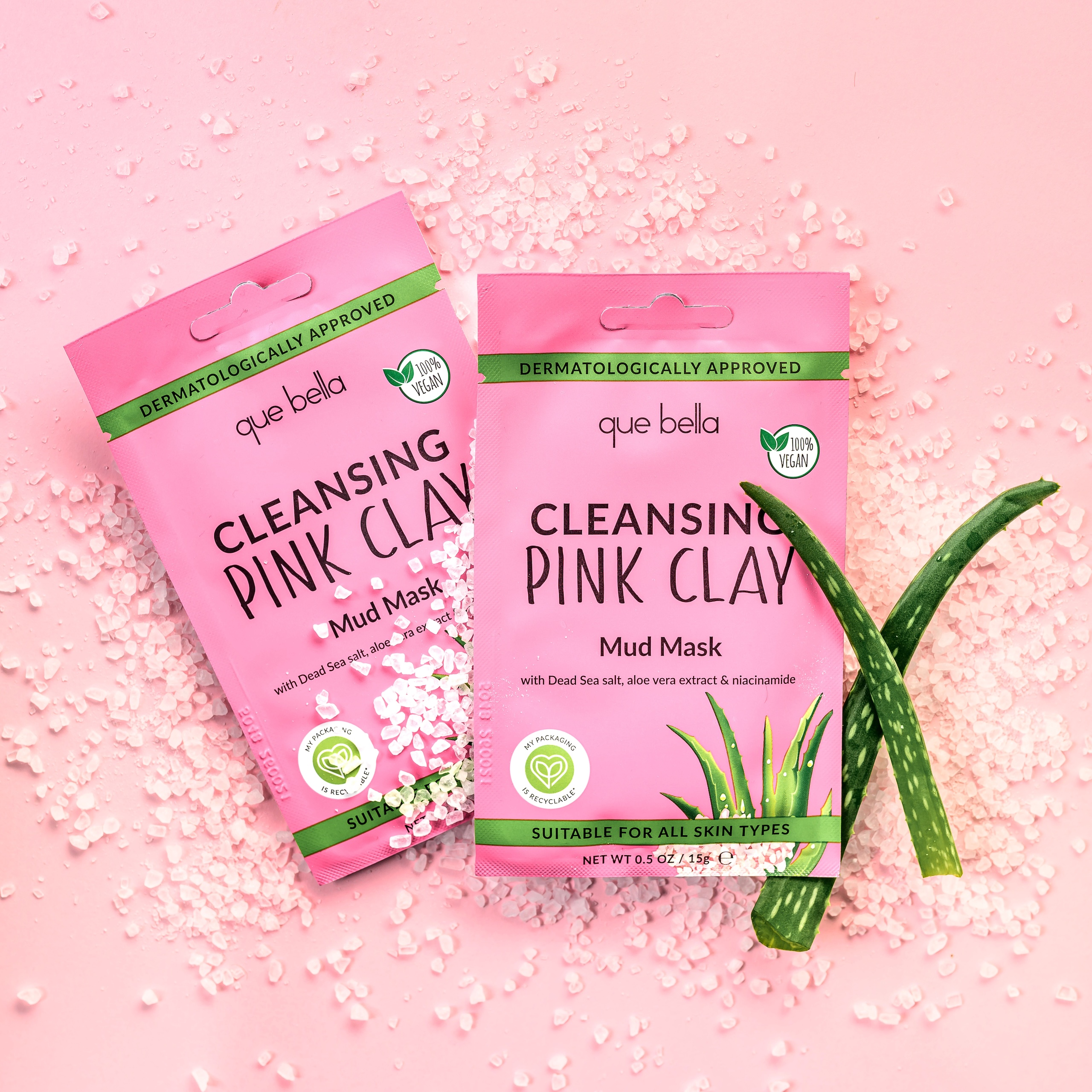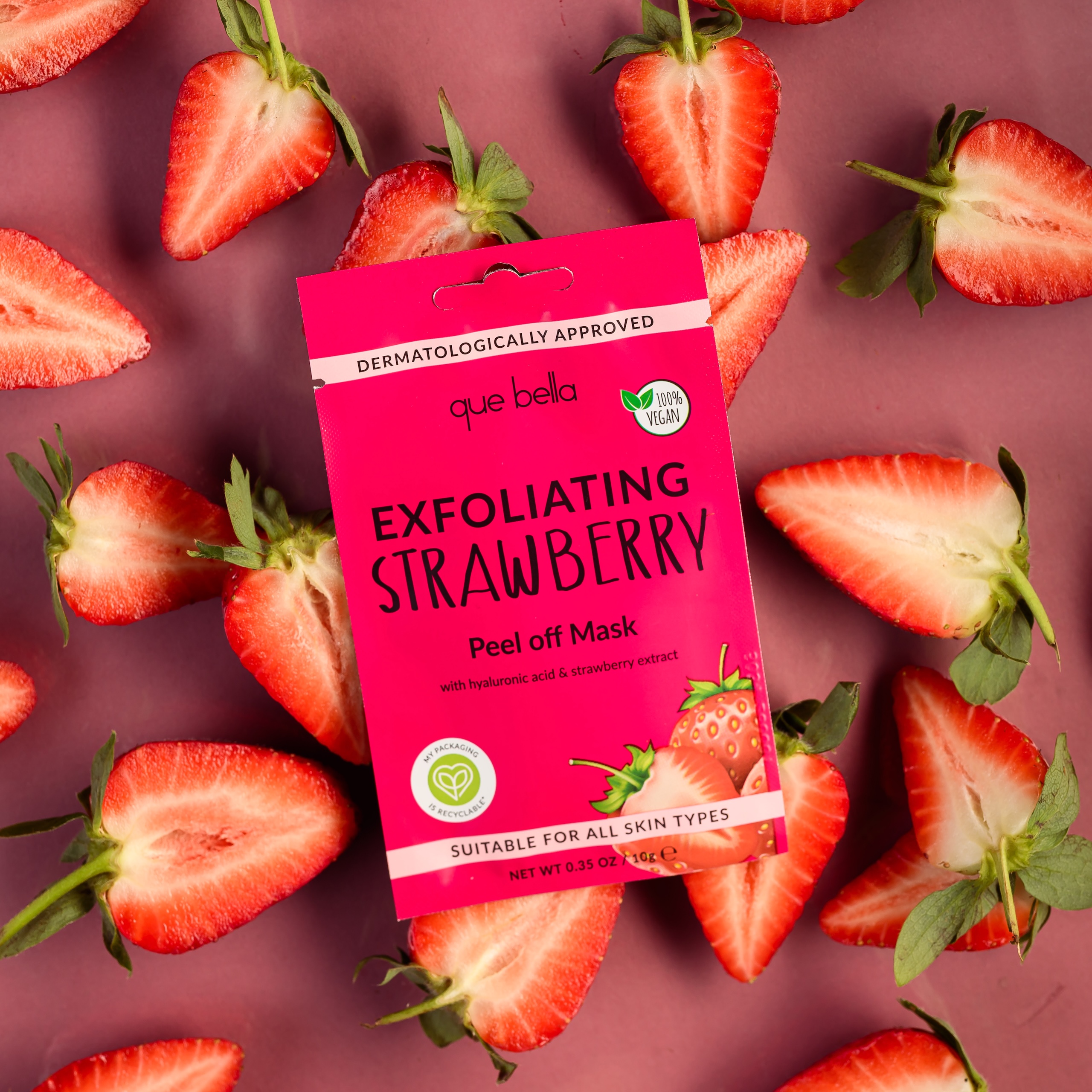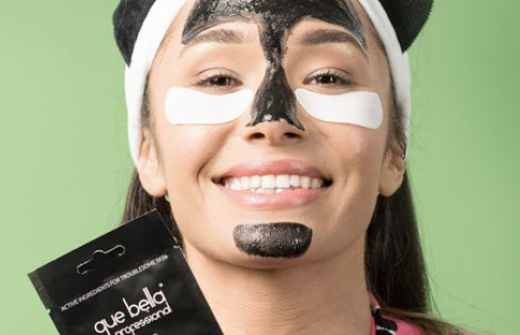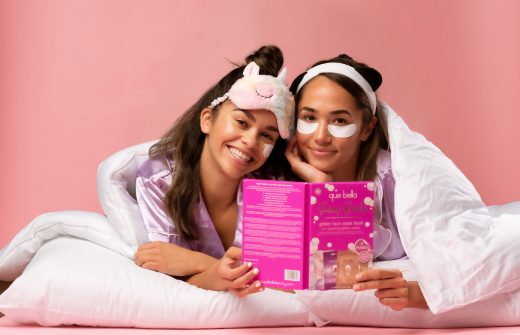If you want to wear a full face mask, first you need to understand your skin type. Whether your skin is normal, dry, oily, sensitive, or some combination of the above, will change the kinds of products you want to use. First you need to identify your type of skin, then the best care regime for that type.
How to identify your skin type
Our skin type quiz can allow you to quickly and easily identify your type of skin. It asks questions about how you skin feels from when you get up in the morning to how it changes through the day, including the effect of different cleansing and moisturising products. There are also questions about how frequently you experience blackheads and blemishes. Once you know your skin type, you are ready to choose the best full face mask for you.
Normal skin
Normal skin is actually one of the rarest kinds. Most people have some form of sensitivity or blemish that prevents them from using any product. If you have normal skin, you can try pretty much anything with minimal risk. You should still try and keep things balanced though. You may want an under eye gel mask, mud mask, cream mask or indeed and combination of ingredients.
Dry skin
Dry skin is less likely to have trouble with blackheads and acne, but it is prone to flakiness and irritation. Hydrating products are best for dry skin, including cream masks and hemp seed oil. Pineapple can also be a useful ingredient for its moisturising and hydrating properties.
Oily skin
Oily skin is more liable to experience blackheads and blemishes, especially as the effects of a cleanser are likely to wear off quicker than for other skin types. This means you need a regular schedule of products designed to reduce sebum and impurities. A charcoal face mask may be helpful, or a mud mask.
Sensitive skin
Sensitive skin can be very delicate, but also varies a lot between people. What irritates one person may be fine on another. That is why a patch test, when you try a tiny amount of product on a small patch of skin (somewhere like behind your ear, where it will not be visible and where the skin is most sensitive) is so important. It allows you to see if your skin reacts without causing major damage. You should also check ingredients lists for known allergens.
Combination skin
Combination skin is the most common type of all, with most people having patches of oily, dry or sensitive amidst the normal. Rather than overdoing it with a host of different products, focus on keeping things balanced. Try a charcoal face mask one week and maybe an under eye gel mask the next.
There is a full face mask for everyone if you know and understand your skin type. Using the correct products can ensure your face is cleansed and moisturised with the minimum number of blemishes and few bad reactions. Take the skin type quiz and soon you will be able to decide the best skincare regime for you.

